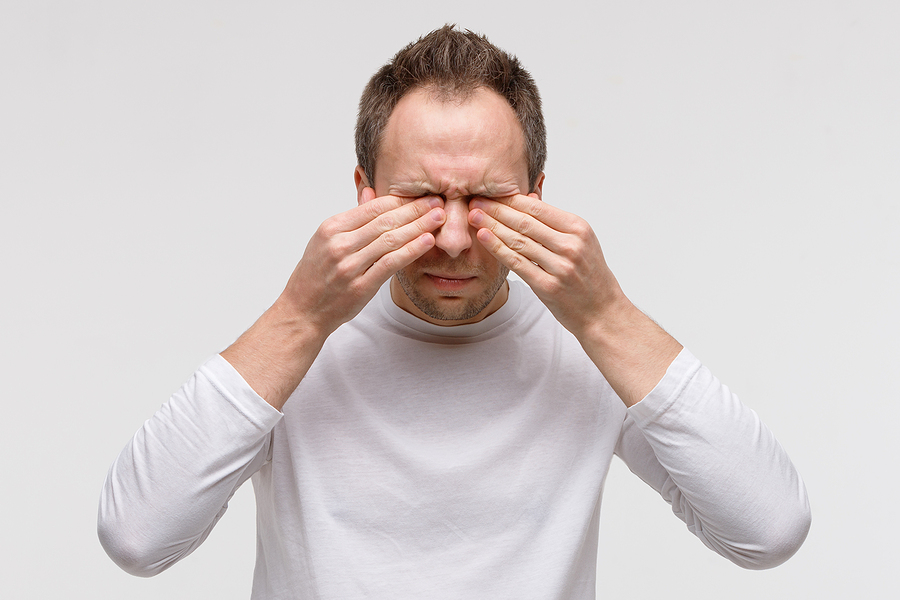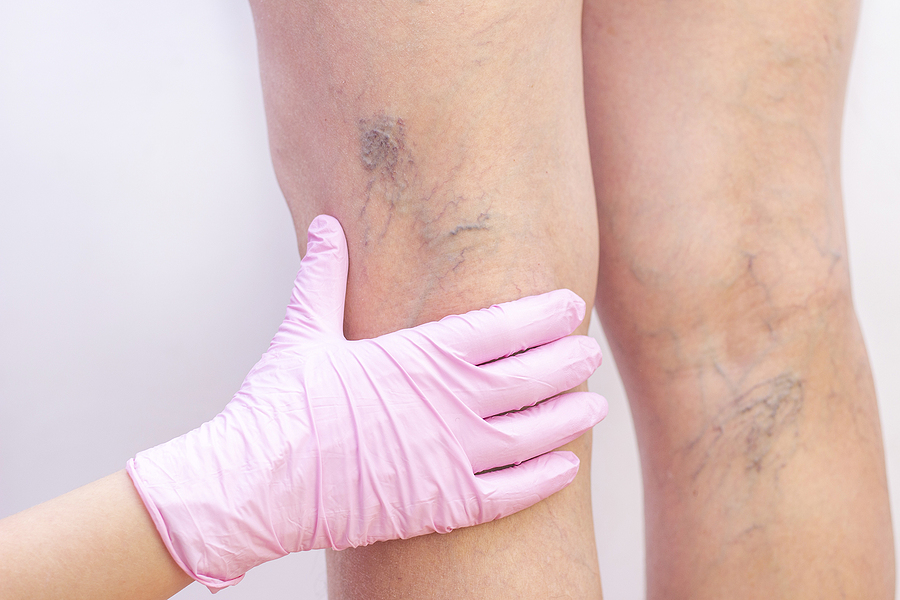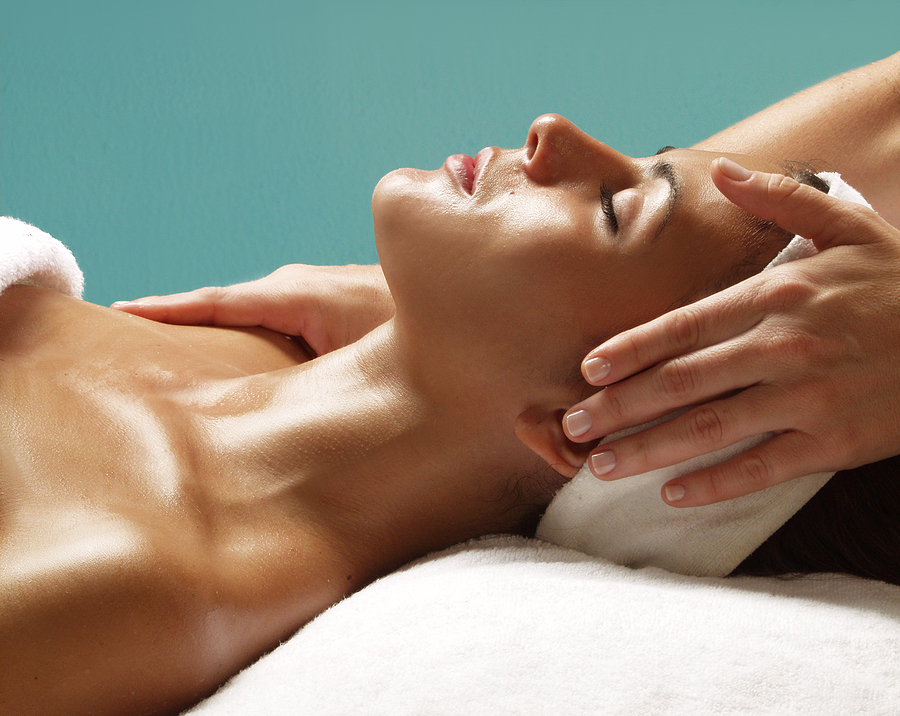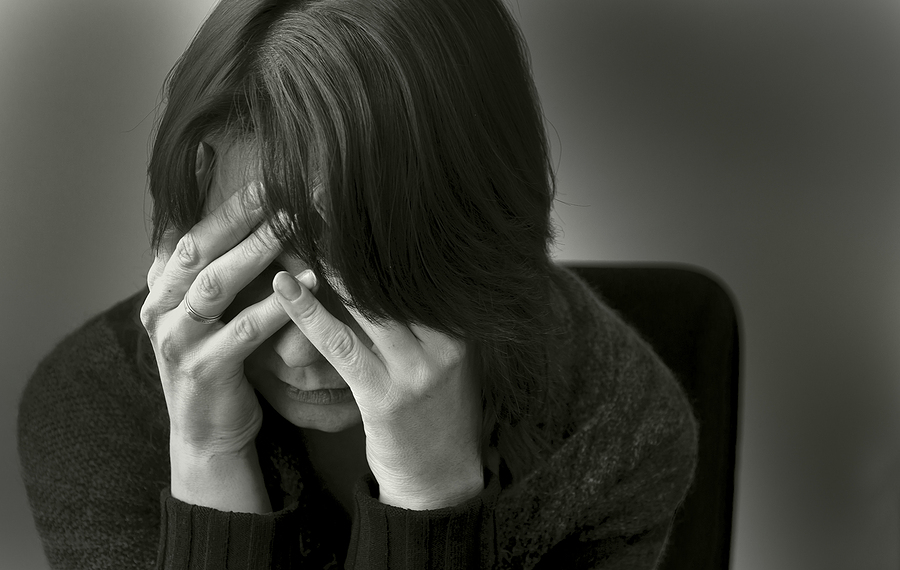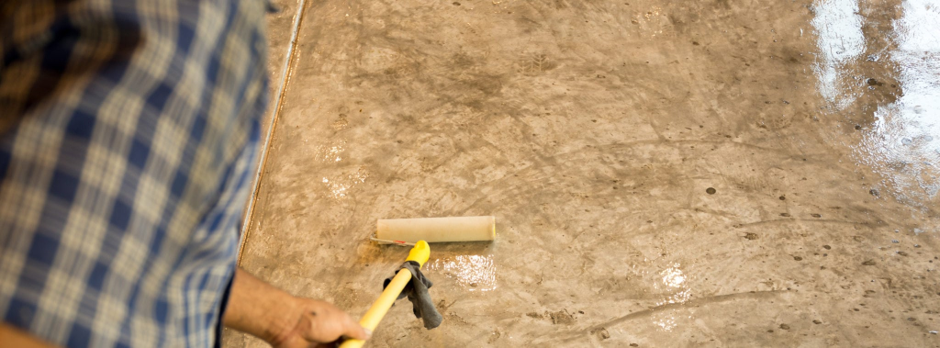Dry eye disease is a condition that affects the surface of the eye, and it can cause many different symptoms. There are many causes for dry eye disease, and it’s important to know what they are so you can avoid them or treat them before things get worse. In this article, we will talk about understanding the pathophysiology of dry eye disease, and more about how it works.
Dry Eye Disease Symptoms
There are many symptoms associated with dry eye disease. Some common symptoms include;
- Redness
- Irritation, or scratchiness that can be felt around the eyes and eyelids which causes you to blink more often than usual.
- Itchy eyes
- Discomfort especially when wearing contact lenses
- Blurry vision; foreign objects feeling like they’re stuck under your eyelid (foreign body sensation)
- Light sensitivity (photophobia).
- Someone may feel like their eyeballs hurt because too much light is coming through for them to handle.
As you can see there are a lot of different things going on here. So understanding what’s happening makes all the difference in how easily we can treat these issues.
Dry Eye Pathophysiology
There are different types of dry eye disease, but all have one thing in common. That is a lack or deficiency in the tear film on the surface of the cornea. The quality and quantity of tears produced by our eyes contribute to keeping them moist and healthy at all times. That’s why this balance needs to be maintained for us to avoid any issues with having a condition like this. Tear production can decrease because there’s not enough water being added back into it. That is from glands throughout the body including those around your eyelids called meibomian glands.
When you have an issue where these glands aren’t working right they don’t create enough oil which helps keep everything balanced out. This may cause other problems such as a condition called blepharitis. Which is where your eyelids become red, irritated, and swollen because of bacteria. This isn’t the only cause of dry eye disease though as many other things can contribute to this happening too such as lupus or rheumatoid arthritis. You can get more information by following https://www.elitevisioncenters.com/dry-eye.php
Dry Eye Disease Causes
There are some causes for dry eye disease that we want you to know about so you’re aware if it’s time for treatment on your end. Some common ones include but aren’t limited to old age, autoimmune diseases. Such as
- Rheumatoid arthritis or Sjogren’s syndrome
- Thyroid problems (low levels),
- Hormonal changes associated with pregnancy and menopause,
- Smoking cigarettes nicotine constricts blood vessels so less blood gets to the eyes which causes our tear glands to not work.
- Also dry climates or dusty environments where there’s a lot of pollen and other allergens flying around everywhere.
With so many different things at play here it can be hard for us all to know how best to avoid these problems. But doing what you can is always better than nothing.
Treatment for Dry Eye Disease
There is no cure for dry eye disease but there are many different treatment options available to you depending on the severity of your case. For mild cases, lubricating eye drops can be used throughout the day and night time which help provide relief in a short amount of time. These work very quickly because they’re based on an active ingredient called cyclosporine. Which someone may have already heard about when it comes to their eyes. This compound is also found in Restasis. This is one example of medication we use at our office as well as other things like artificial tears or ointments if necessary too. In some instances, oral antibiotics might be prescribed by us so you don’t end up dealing with any more infection than you already are. When it comes to severe cases, some people may need surgery like a corneal transplant. This option is typically reserved for those who have scars on their eyes. Or other conditions that affect how much mucus is created in your tear glands too.
It’s hard to know exactly what the best treatment option for you is without talking it through with us. First which is why we’d like you to schedule a consultation as soon as possible. This way, we can get all your dry eye disease symptoms and other health factors into consideration. When coming up with our plan of attack on how to move forward in helping you out. With so many different things that may be contributing towards this issue happening. Also, there are so many ways we could go about treating things depending on what your unique needs happen to be. We’ll also want to find out if anything new has come up since last time such as allergies or illnesses. Before proceeding too because these types of changes need their special attention. Once we’ve got all this figured out, our goal will be to get you feeling better as soon as possible
Image Source: BigStockPhoto.com (Licensed)
Related Categories: Health, Reviews



